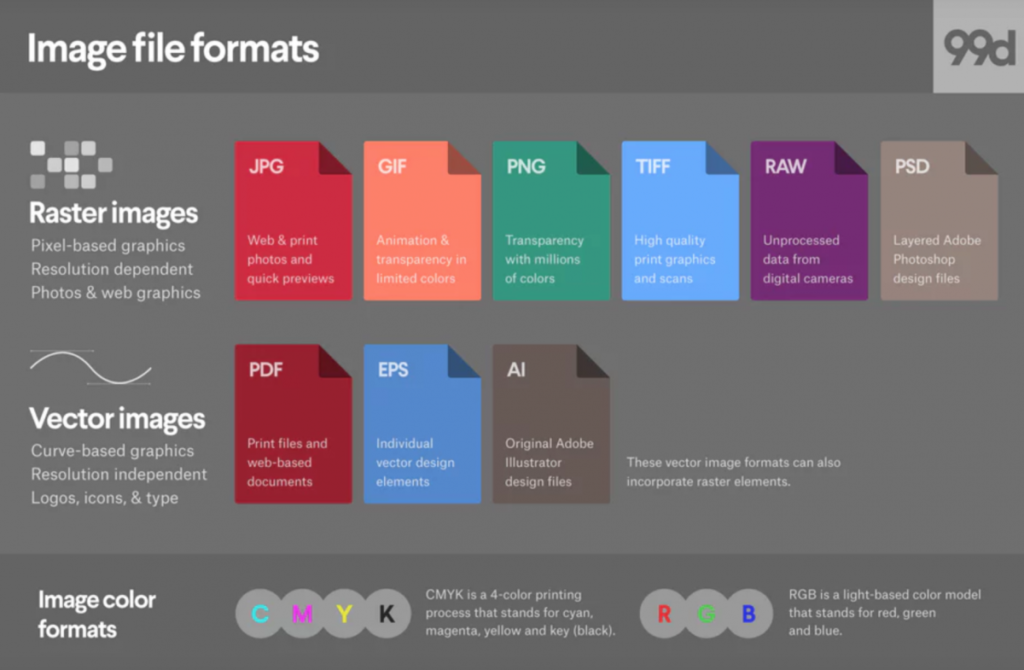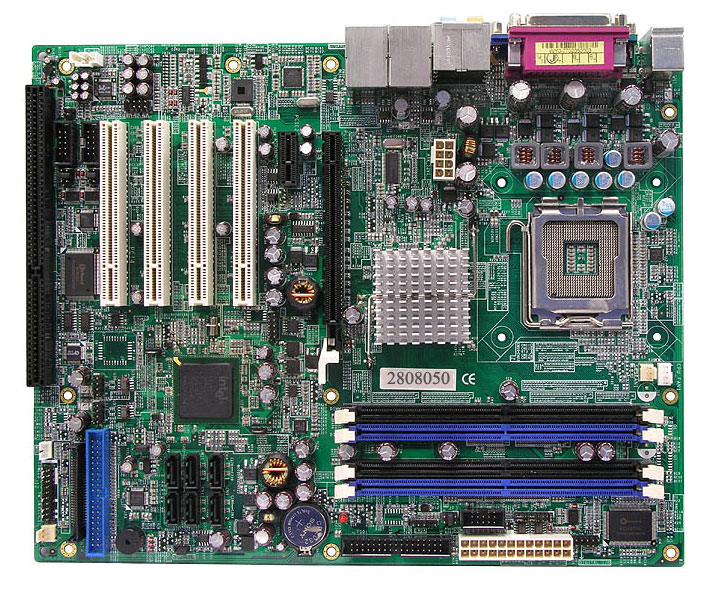You did it, congrats, you are dooooooone! Now that we have no more pressure let’s have a quick look at the questions.
1. Is digital better than analog?
The video below is very nerdy, but if you are into music and especially listening to vinyl, this is a great explanation of the difference in between the 2.
2. Which type of file format with typography can be enlarged to any size without sacrificing its quality?
A vector image or graphic is defined and created on a plane by connecting lines and curves. It uses mathematical equations to form shapes. It creates a finer and more detailed image. You can see clear lines, points, and curve when you zoom in on the image. Vector graphics are used by all types of artists, design experts, and creative professionals. It makes creating illustrations, logos, and other types of designs for printing on big objects easy. You would have heard or observed many graphic designers talking about converting the images to vectors before printing.

3. When saving a file as a JPEG, there is a trade-off between file size and the quality of the image. JPEG format reduces the file size, but also the quality of the picture.
True, the JPEG file format uses a lossy compression algorithm which means that some image quality degradation typically occurs when saving an image as a JPEG. The tradeoff for this loss of image quality is smaller file sizes and quicker downloading from the web.
4. Which is the right file format for a logo using only typography in 2 colors and a transparent background to upload on a website?
GIF or PNG
5. Which is the right file format for a color photograph to upload on a website?
JPG

6. What is the short name for a discrete sample point also called a “Picture Element”?
A pixel (short for picture element) is a single point in a picture. On the monitor of a computer, a pixel is usually a square. Every pixel has a color and all the pixels together are the picture.
7. Converting from analog to digital involves a two-step process. Audio for example is a continuous waveform that is analyzed at various points in time and converted into digital samples. What is the process to convert analog signals into digital forms called?
There are two major steps involved in converting an analog signal to a digital signal represented by binary numbers: sampling, and quantizing/encoding.
Steps for A/D conversion:
The sampling rate is the number of times per second that the waveform is measured, which typically ranges from 8 to 192 thousand times per second (8 kHz to 192 kHz). The greater the rate, the higher the frequency that can be captured.
Quantization: A process in which the continuous range of values of an analog signal is sampled and divided into non overlapping (but not necessarily equal) subranges, and a discrete, unique value is assigned to each subrange.
8. When is the quality of data compromised?
Data Compression is a technique in which the size of data is reduced without loss of information. Lossy compression and Lossless compression are the categories of data compression method.
The lossy compression technique does not restored the data in its original form, after decompression on the other hand lossless compression restores and rebuilt the data in its original form, after decompression.
9. Analog waves are smooth and continuous.
Analog waves are smooth and continuous, digital waves are stepping, square, and discrete. That’s the big difference between analog and digital waves.
10. How many numbers do we have in the binary system?

Two states (0 and 1). Binary is the basic operation in every digital device both for storage and execution. It is manifested physically as a charge in a storage cell or a voltage in a transmission line. It is the simplicity of the binary concept that enabled digital devices to become the technology architecture of modern society.
11. Name one of the most widely used formats online, typically for photos, email graphics and large web images like banner ads.
JPG See graph above on question 5
12. What is the format requested by printers to send a final design into production? Any file can be exported straight into this format.
PDF See graph above on question 5
13. Digital waves are stepping, square, and discrete.
14. Use a TIFF format when you’re working with web graphics.
No, no, no!
15. A hyperlink is an embedded link hidden in a word, a group of words, an image, or a video to use on a website or an email.
Yes, yes, yes! Use it.
16. What type of graphic is used for logo, text and illustrations?
Vector! I hope you know it by now.
17. what is the difference between RGB and CMYK?
- CMYK, also called a 4-color process is used for print
- RGB, is used for virtual colors, basically everything you see on screens
18. what is the difference between a post and a page on your eportfolio?
- Post has a date and is located on the homepage. The latest post is on top.
- Page is place on the navigation bar and can be moved around.
19. why most of the street signs are yellow? What emotion the color green is evocative of? Why certain colors are used in advertising or movies?
The signs are yellow to be noticed and warn the drivers. Green is evocative of nature and peaceful, but also represent greed and money. Colors are used to express emotions and bring attention to an element in the visual.
20. what do you see inside a computer, when you open it? Be aware it’s a tricky question. Use your creativity and sense of humor.
Manhattan street view from above!





Leave a Reply